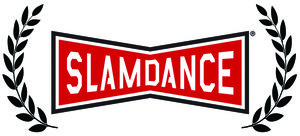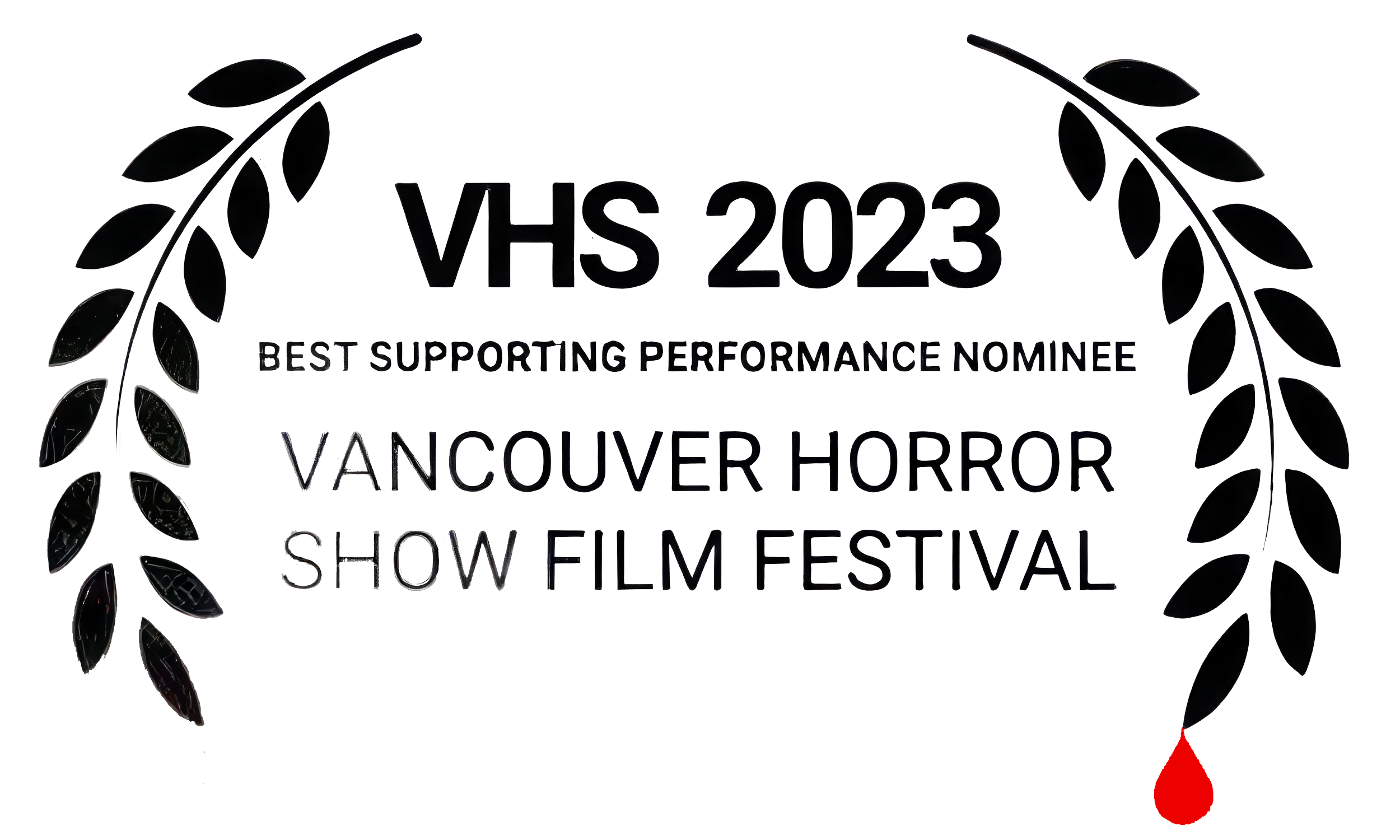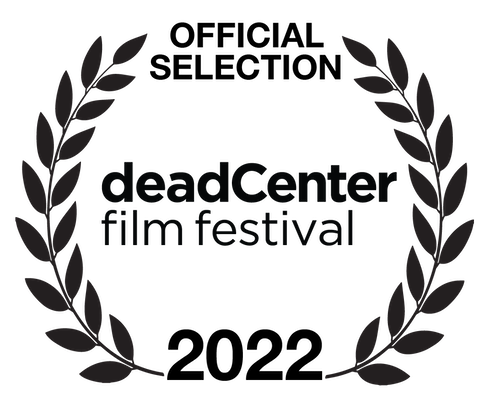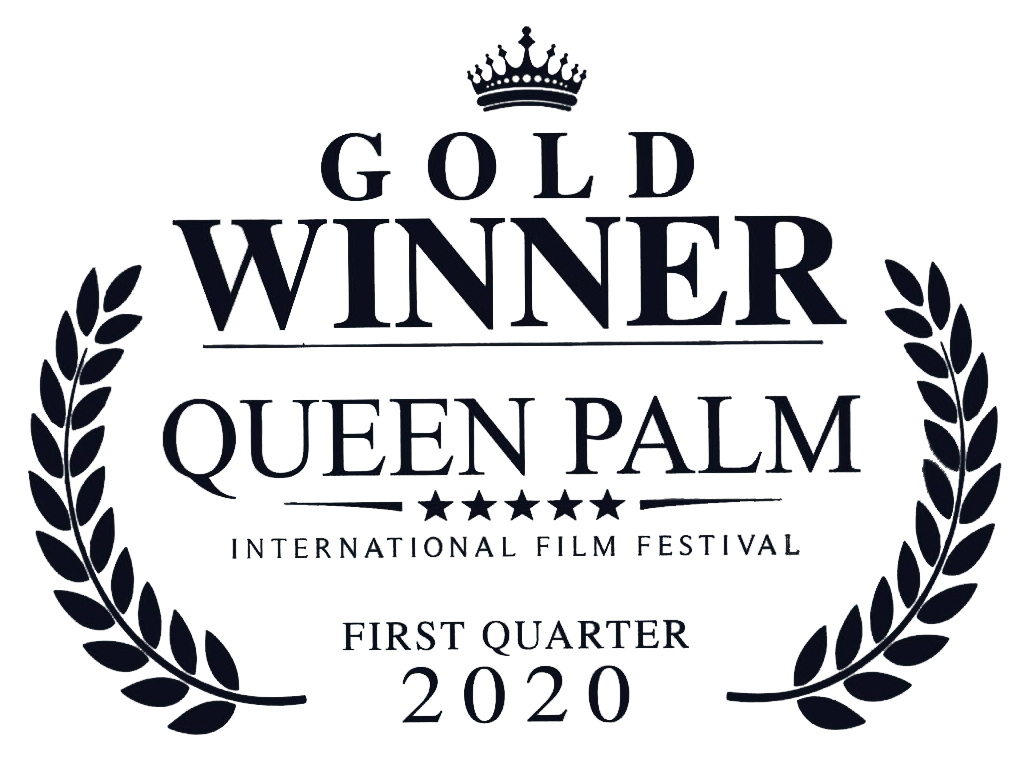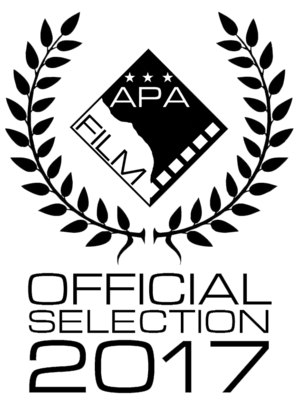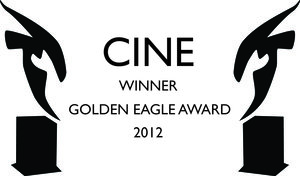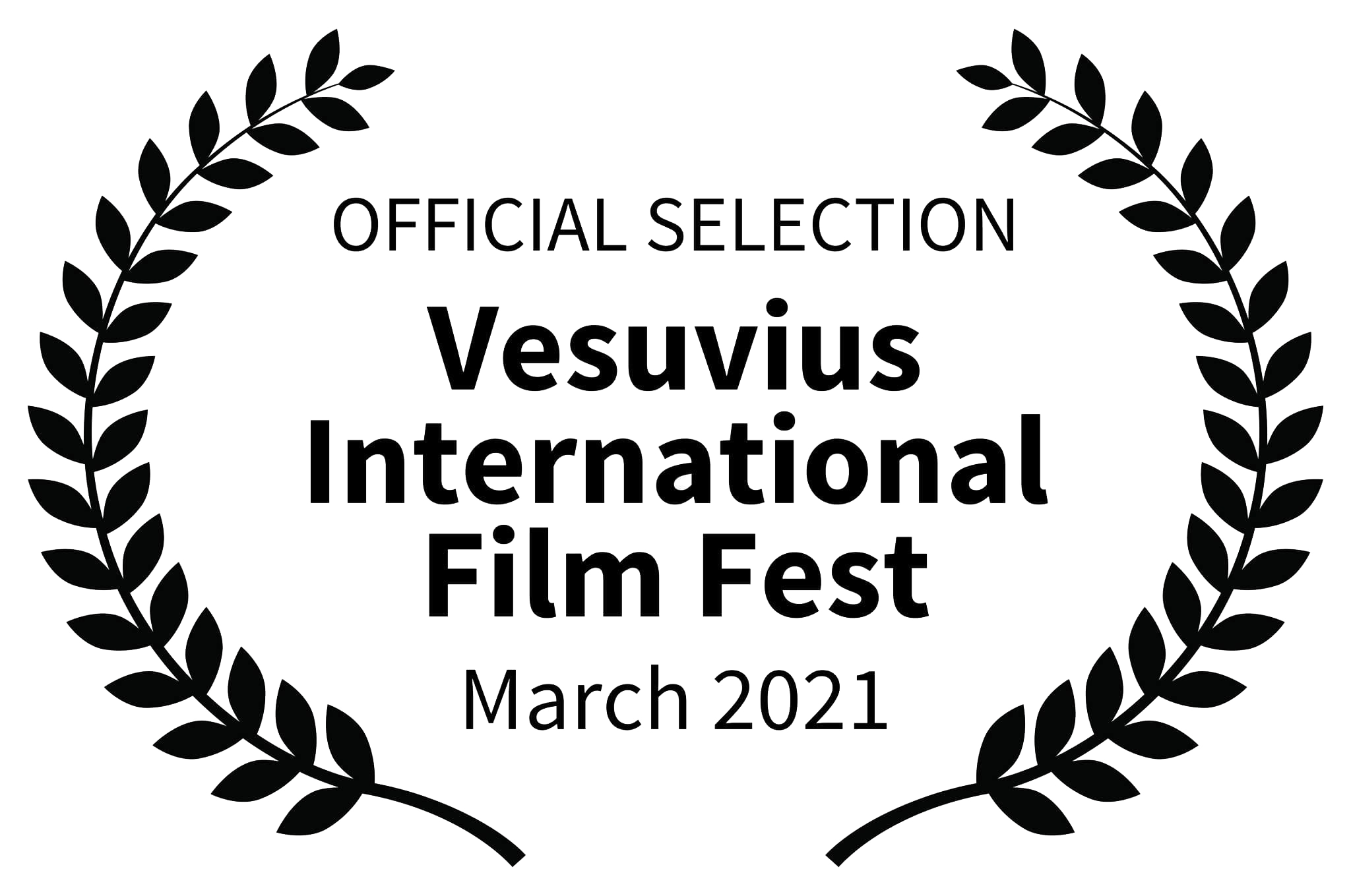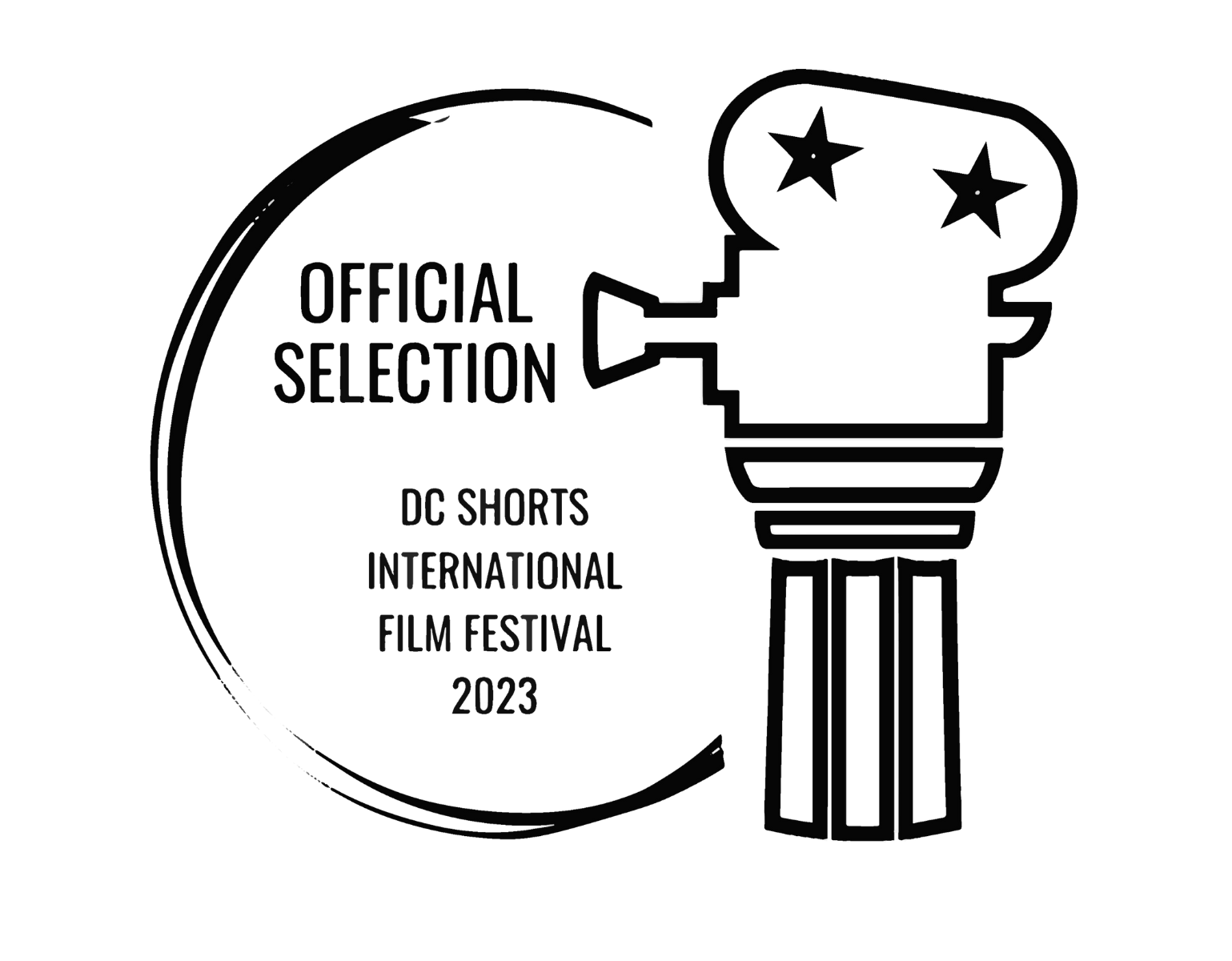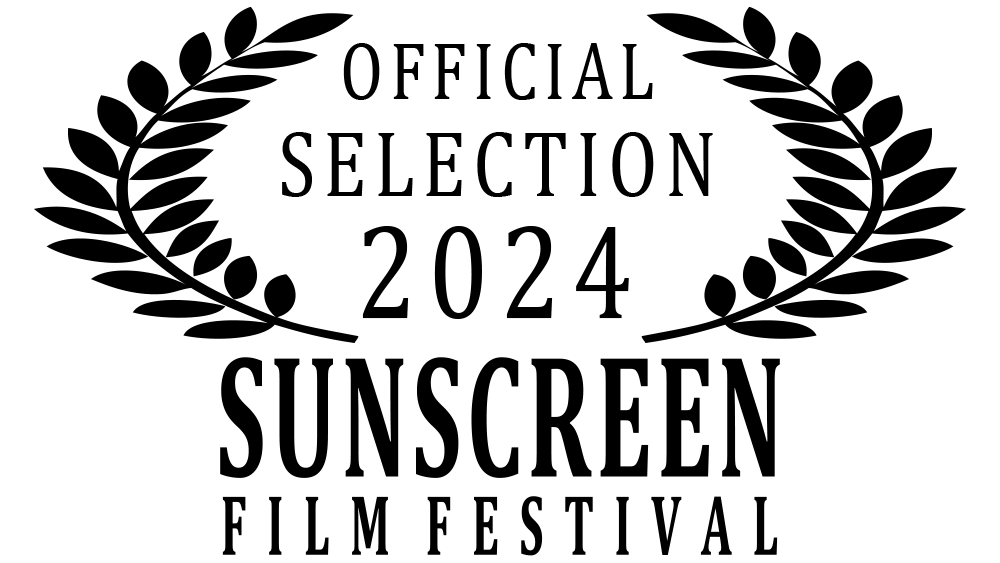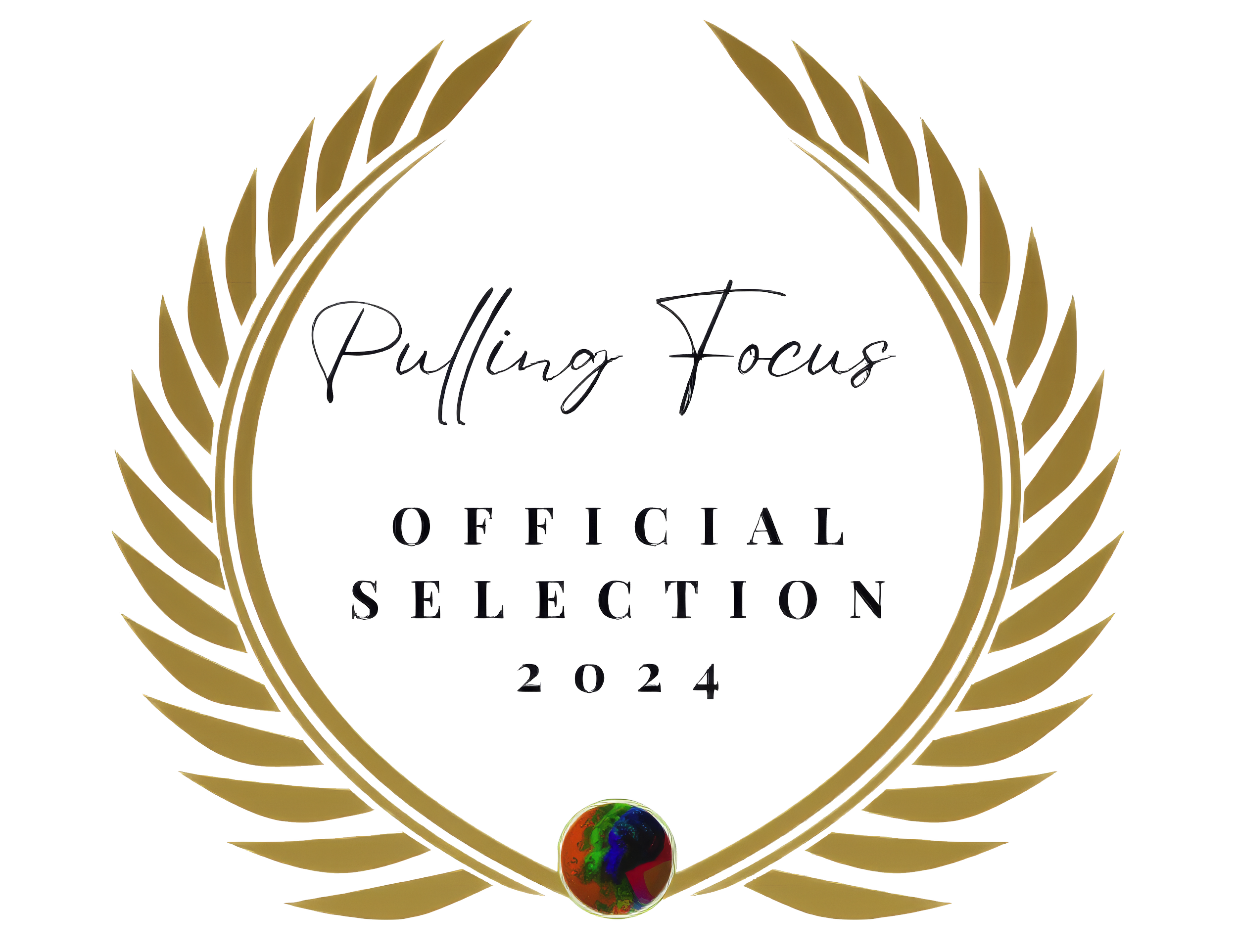The Professional Image
/There’s a type of cliché that seems, at first glance, to revel in its own shallowness. “Fake it till you make it,” “image is everything,” “style over substance” and a bunch of others, all trumpeting the virtue of looking the part… to the detriment, one supposes, of actuallybeing the part.
Our career, though, hinges on perception. In fact, film music could be said to be all aboutmanipulating the perception (of an audience, through music). So there’s an argument to be made that these clichés, empty and soulless as they may seem, actually have value for us in our daily professional lives.
The next time you’re at a gathering of film music professionals, take a look around. Compare the throng before you to the glossy publicity photos and candid event shots of A-list film music personalities you see on websites, in trade magazines and newspapers. Realize that the images that these individuals are sending out into the world are usually painstakingly calibrated to project an image—generally hip, creative, elite and expensive. (For plenty of other, less-famous composers I’ve seen at events lately… not so much.)
At a certain point most A-listers retain the services of professionals (publicists, typically, or maybe graphic designers, or website consultants… the list goes on) and make them appear even more professional. Professionalism professionals.
You may not be exercising much discrimination when it comes to your image, but an image of sorts is presenting itself nonetheless. If you’re not making an effort to manage that image, what people are seeing the default, which for most of us falls under the heading of “…needs work.” Branding, in short, is inevitable. And, taken as a group, people come to associate our look with our profession.
Think about that the next time you see some bleary-eyed, socks-and-sandals composer crawling out from under their studio rock to bask briefly in the sun outside Starbucks.
Perception is reality: another cliché, sure, but when we’re interacting with gatekeepers who have the power to make or break our careers based on their hunches, or their intuition, or simply their mood, I think attention to professional presentation is worth a little head space. Too much is at stake to do otherwise.
These days it’s a hot topic of conversation to hold forth on those few of us who can command more than a pittance to do this job. I think one way the “million-dollar score” clique got there was to look like a million dollars.
It goes beyond the person, of course, to the entire setting. Like so much of Hollywood, there’s a danger of obsessing over the right way to stock the koi pond, or whether it’s better to roll up to your director lunch in a Mercedes or a Tesla… but this whole thing doesn’t really have to be incredibly spendy or self-aggrandizing. Really, it doesn’t. And you don’t have to have the world’s greatest design sense to create a space and a visual identity that communicates your own values, your own sensibility, to your collaborators.
It just takes a little effort, and a little thought, and a little creativity. All stuff we’re good at. Be the kind of professional you’d like to be seen hanging out with. The kind you’d pay good money to work with. It’s a respect thing, that’s all. And respect is never a cliché.












